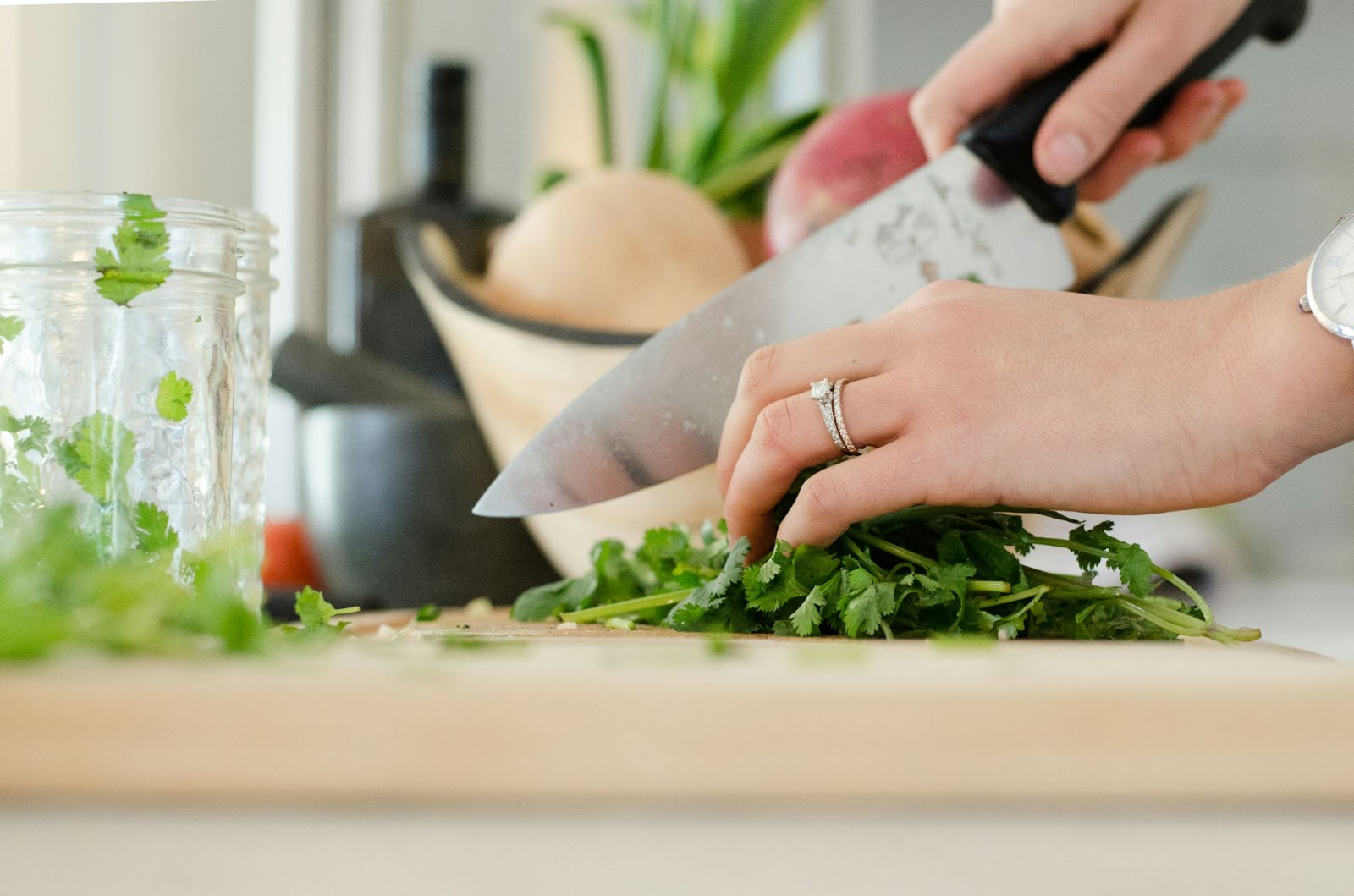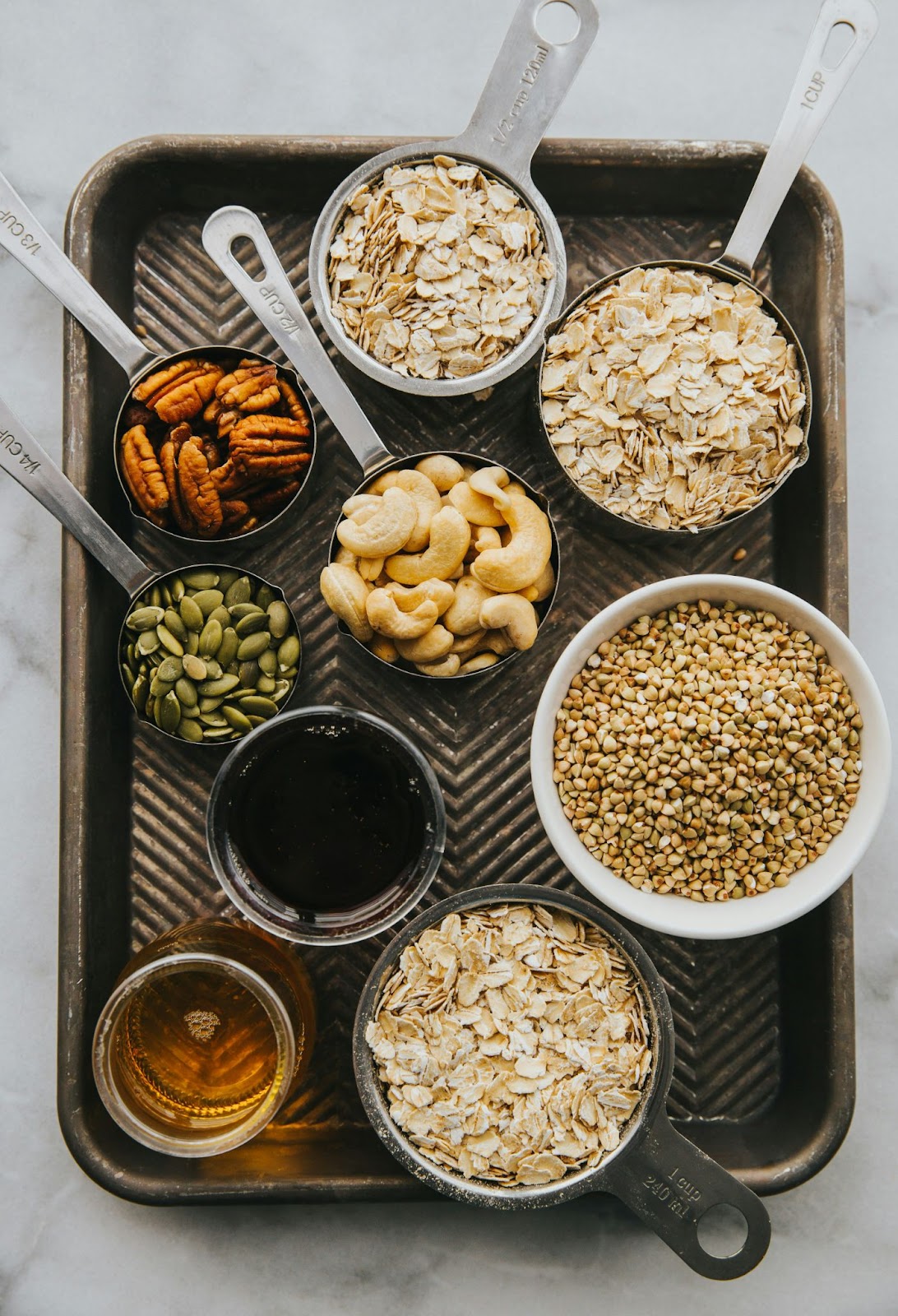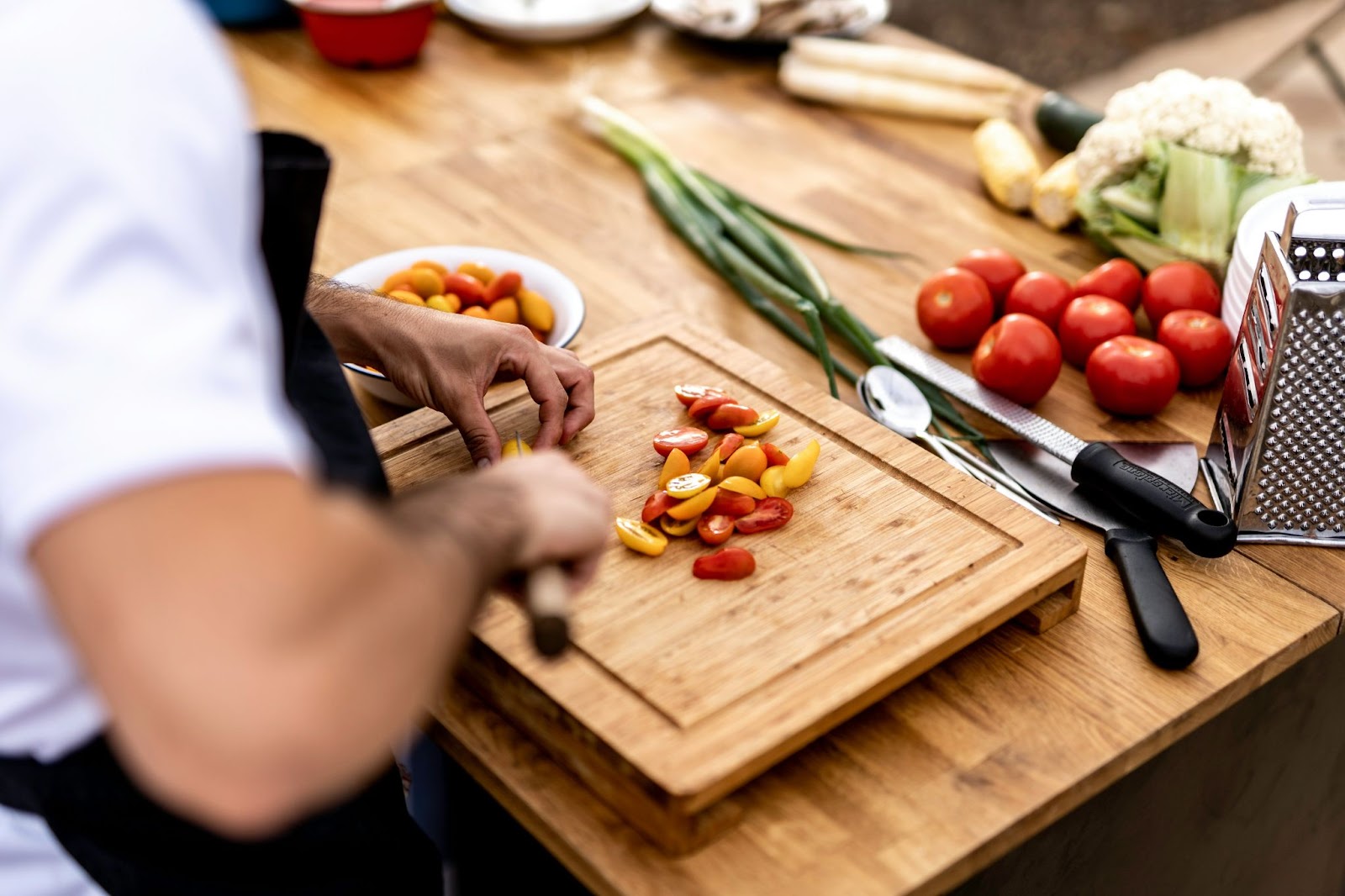Batch cooking isn't just about saving time—it's about building a system. While recipe blogs flood the internet with lists of "30 easy meals for the week," few address the real challenges meal prep businesses and serious at-home preppers face: How do you cook at scale without losing quality? How do you keep food safe while cooling large batches? How do you ensure variety without adding complexity?
This guide tackles those questions head-on. Backed by food science, operational best practices, and proven industry methods, it's designed to help you master batch cooking as a repeatable, efficient system rather than a one-off hack. Whether you're running a growing meal prep company or refining your home workflow, the principles here will set the foundation for effortless scale.

Great batch cooking starts with science and systems—not recipes. Recipes are tactical. Technique is strategic. And three principles drive every decision: safety, preservation, and operational flow.
Improper cooling is one of the leading causes of foodborne illness. That's why food safety standards emphasize rapid cooling: cooked food must go from 135°F to 70°F within 2 hours, and then to 41°F within another 4 hours (WebstaurantStore).
How to achieve this at scale:
Safe cooling isn't optional—it's the backbone of any trustworthy meal service.
The #1 hidden pain point for batch cooking is quality loss. Proteins dry out, vegetables get soggy, grains clump. Each ingredient demands a tailored strategy.
Bottom line—quality preservation starts with choosing the right technique, not just the recipe itself.
Cooking five meal components in two hours isn't magic—it's parallel workflow management. Professional kitchens rely on Gantt-style planning, but the principle applies to any prep system.
Example Workflow:
Efficiency is about sequencing, not speed. The system ensures every minute in the kitchen is active, not idle.

Sauces combat "meal fatigue." Two core sauces stretch dozens of variations:
Pro tip: Store sauces in squeeze bottles for precise, mess-free portioning.
For meal prep businesses scaling beyond 50–100 meals per week, professional-grade techniques add consistency:
Together, these create restaurant-level consistency at production scale.
To put these principles into action, here are three sample frameworks:
Notice these are modular. By swapping sauces, changing seasonings, or rotating vegetables, you extend variety while using the same base workflow.

Use shallow pans, ice baths, or blast chillers. Food safety guidelines require rapid cooling from 135°F to 41°F within 6 total hours.
Liquids and spices don't always scale linearly. Double your base, but increase seasonings gradually—taste testing is essential when scaling.
Moisture migration and oxidation alter texture and flavor. Proper storage (airtight containers, vacuum sealing) slows these processes significantly.
Not everything freezes well. Soups, stews, and grains reheat beautifully; roasted potatoes and steamed vegetables often lose texture.
At Bottle, we help meal prep businesses move beyond recipes into scalable systems. Our platform integrates everything from automated batching and delivery logistics to SMS customer engagement—so your operational efficiency is supported from the kitchen through customer retention.
If your next step is to scale efficiently without sacrificing quality or safety, it's time to explore tools built specifically for meal prep operators.
Join hundreds of entrepreneurs using Bottle's all-in-one meal prep platform. Schedule a growth chat today—and start mastering meal prep at scale.
Book your free strategy session with a meal prep growth advisor. We’ll discuss:



Book a call with a Bottle Meal Prep Advisor